WI66LS
Цвет: Нержавеющая сталь
ОБЩИЕ ХАРАКТЕРИСТИКИ
Нержавеющая сталь
Жесткое крепление фасадов
Дверца неперенавешиваемая, петли слева
Общий объем 287 л
Отделение Multizone
LCD-дисплей
Функция «Отпуск»
Режим Шаббат
Блокировка управления от детей
Электронный контроль температуры
No-frost в отделении Multizone
Акустический сигнал при повышении температуры
ОТДЕЛЕНИЕ ДЛЯ ХРАНЕНИЯ ВИНА
Полезный объем 228 л
Внутреннее освещение LED
Стеклянная дверь с защитой от УФ-лучей
Верхняя часть винного отделения:
Полезный объем 150 л, 36 бутылок вина
6 деревянных выдвижных полок
Нижняя часть винного отделения:
Полезный объем 78 л, 18 бутылок вина
3 деревянные выдвижные полки
МОРОЗИЛЬНОЕ ОТДЕЛЕНИЕ
Отделение Multizone
Полезный объем 59 л
Внутреннее освещение LED
Быстрая заморозка
2 ящика
Форма для льда
ТЕХНИЧЕСКИЕ ХАРАКТЕРИСТИКИ
Номинальная мощность: 260 Вт
Потребление электроэнергии: 365 кВт/год
Уровень шума: 41 дБ(А)
Климатический класс: SN – T
Поддержание температуры при отключении энергии: 13 часов
Мощность замораживания: 10 кг/сутки
Напряжение: 220-240 В
Частота тока: 50 Гц
Размеры (ВхШхГ): 2050 х 586 х 635 мм

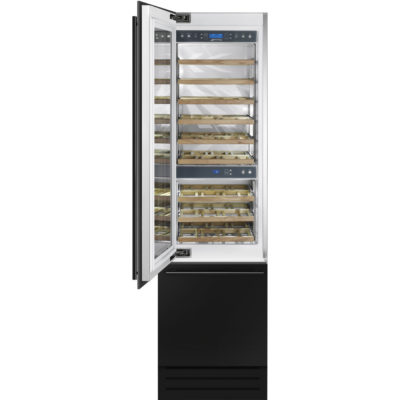
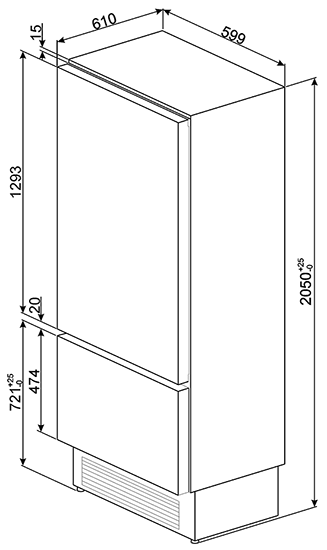









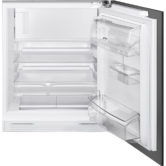
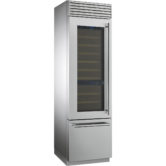
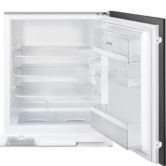





Отзывы
Отзывов пока нет.